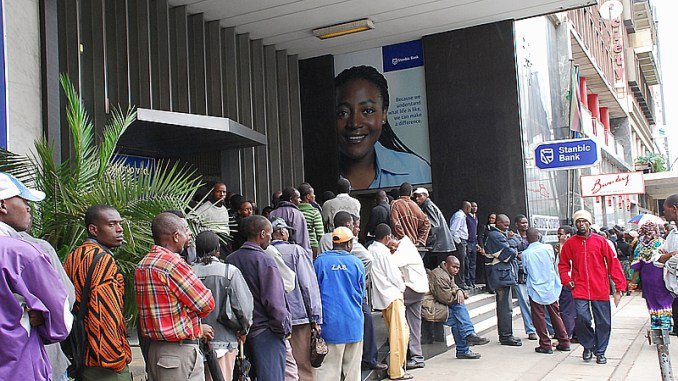
The bank’s interest income increased by 27 percent to reach $32,6 million from $25,5 million in 2017, while non-interest income was up by 39,4 percent at $35,4 million from $25,4 million, over the same period.
“This commendable growth was largely underpinned by the acquisition of additional short- term investments together with new lending assets which were written in the period,” Joshua Tapambgwa, Stanbic’s chief executive said in a statement accompanying the bank’s financial statements.
“The bank’s fee and commission income grew by 20 percent to $18,1 million largely buttressed by a surge in transactional volumes which were processed on our digital channels given the unbearable cash shortages in the market compounded by our increasing digital capabilities.
“The remarkable growth in our custodial income on the back of improved value of assets under custody further strengthened the fee and commission income line,” he said.
Gregory Sebborn, Stanbic’s chairperson, said the financial institution’s sound performance was despite sub-optimal economic conditions.
“Despite the vulnerabilities in the macroeconomic environment, the bank delivered a profit after,” he said.
The International Monetary Fund (IMF) has maintained that the country’s GDP growth in 2018 is expected to remain within the range of one percent to 2,5 percent due to growth constraints which include foreign currency shortages, an unsustainable budget deficit, rapid money supply growth, high cost of production, high unemployment and a huge public debt overhang.
“As we go into the remaining months to year end, there is need for concerted Government efforts towards implementation of policies which promote local industrial growth and generation of increased foreign currency,” Sebborn said.
“The IMF and World Bank continue to single out the excessive money supply growth fuelled by financing of the fiscal deficit and uncertainties around currency management framework as significant threat towards price stabilisation, mobilisation of external support and sustainable growth,” the chairman added.
The bank mended the period to June 30 with a qualifying core capital of $138,4 which is way above the regulatory minimum of $25 million continuing ahead of the year 2020 regulatory minimum core capital of $100 million.
— The Financial Gazette.






